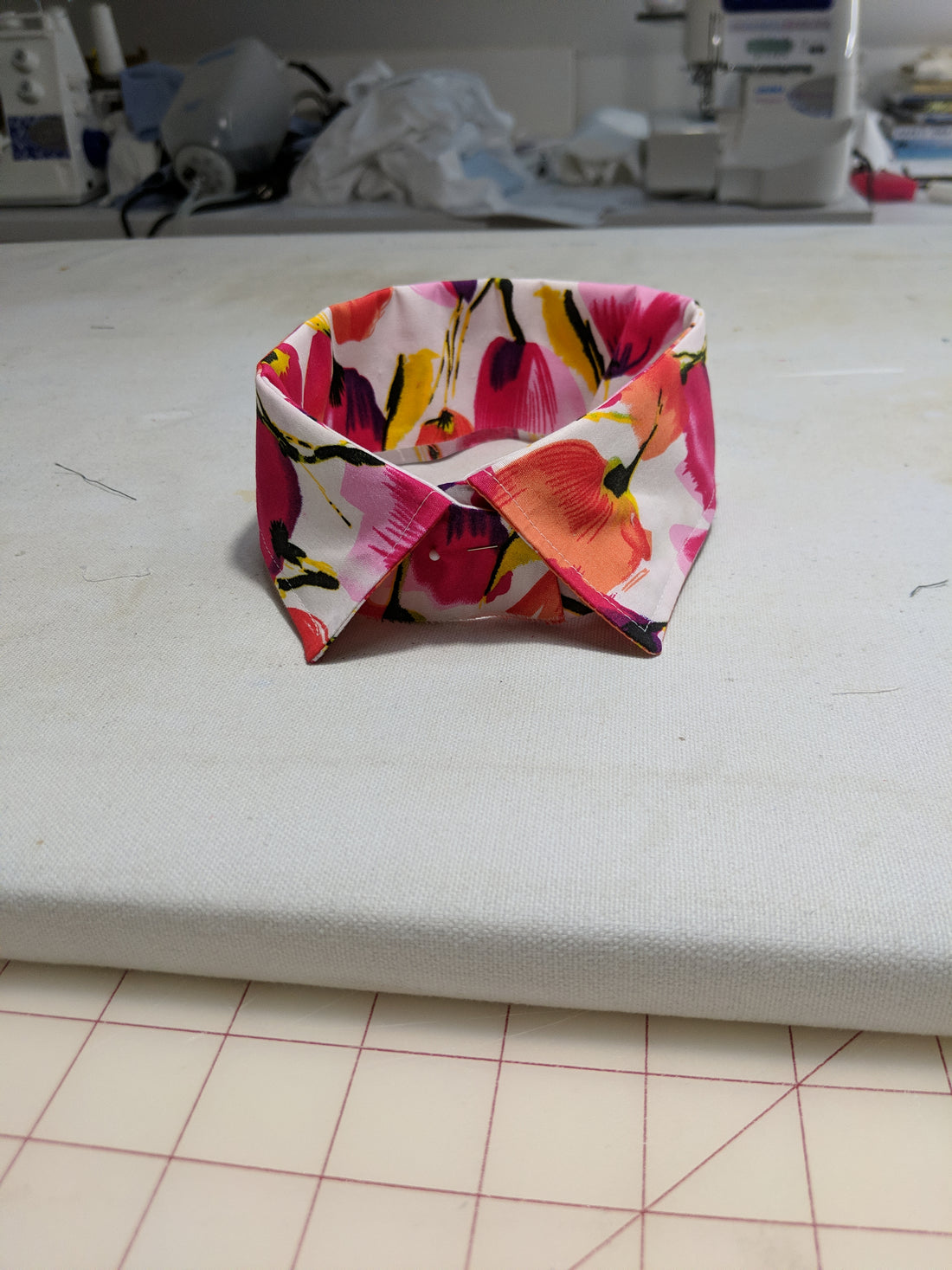Originally Sent as a newsletter on October 23rd, 2021
I was born with one hand. Specifically, my right arm stops just below the elbow. I mention this because it has informed so much of my life. I learned early on to be a problem solver. To look at a situation, identify the problem, and see a solution feels like a superpower. I'm grateful for the (hard earned) lessons of problem solving, humility, empathy, and grace.
And these skills and qualities have served me well as I've learned to sew. My sewing practice relies heavily on tools and techniques. The right sewing machine has taken some time and experimentation. I'm currently using a Juki DX-4000 and a Juki TL-2010Q (I have a thing for Juki machines). Both machines have a knee lift and the DX-4000 has an integrated walking foot. The knee lift allows me more control over the fabric. I can anchor the fabric with the presser foot (using my knee) while using my left hand to position the work the way I need it. And both machines have a very large throat space, which helps me guide the fabric with my right elbow while still seeing the piece.
So I've spent a lot of time searching for the tools that work for me. But techniques are equally important and I've tried everything I can find in books, online, conversations with friends and my own experiments to create better and better garments.
But given my approach to problem solving and the perspective I bring to sewing, I started thinking about the skills we need to learn, especially early on. I started grouping them into buckets of related skills that we gather as we grow. These buckets include:
Tools
Techniques
Fabric
Fit
These four groups of skills are in a loose order. We need to learn the basics of our tools (sewing machine, needles, etc.) before we can master the basic techniques (sew a straight line, backstitching) . Then we learn to cut accurately and read a pattern.
More advanced techniques can then be learned (under stitching, staystitching). More tools/techniques like a hand needle and thimble allow us to learn the technique of hand basting.
And we can't forget PRESSING. Lots and lots of pressing.
From there we learn how different fabrics behave. Cotton shirting and 12 oz denim need different needles or thread. Very lightweight Rayon needs to be fed into the machine in a specific way or we use a different needle size for French terry.
I think of the first three buckets as skills you build and revisit. The skills build on each other. Adding a different tool allows more success with different fabrics, for instance. These first three are VERY interrelated.
But Fit is last because this is the set of skills that are the most difficult to master (at least for me). We need an understanding of our bodies and its curves and planes. We need to know how something is supposed to fit (the cut of the garment and how it is designed to look or move with us). Fit is a philosophy unto itself. Libraries can be filled with fitting systems and fitting approaches and fitting techniques. It truly is a unique and challenging skillset. And one that rides on the shoulders of Tools, Technique, and Fabric.
This approach seems universal to me and may help others gain perspective on the enormous task that is learning to sew.
There are very few hard and fast rules in sewing. We each bring our unique skills, experience and perspective. We each learn in our own way and time. And the tools and techniques we learn can be used or adapted or even discarded.
What works for you, works. And what doesn't may not ever but that's perfectly fine. It's all good (and will be great).
Maybe identifying the scope and complexity can allow us to grant ourselves some grace and see each garment as an opportunity to build the skills that have lasting benefit to us.
Next Steps for Taylor & Hart Fabrics
I'm placing my first orders on Monday. This is an exciting step. I've sewn many samples, looked at beautiful fabrics, and made decisions about what I think is worth offering. Beautiful dress shirtings, a couple of casual shirtings, two different denims, one chambray, and undershirt fabric. I may include some fabric for fun briefs and trunks. But I think starting off small makes most sense. There are more fabrics to be added later. There will always be more fabric. Let's get sewing!

2 comments
I truly appreciate this post. I have been looking everywhere for this! Thank goodness I found it on Bing. You have made my day! Thanks again
Bitcoin (BTC) might just be the golden opportunity of our era, poised to skyrocket to $200,000 in the upcoming year or the one following. In the past year alone, BTC has witnessed a staggering 20-fold increase, while other cryptocurrencies have surged by an astounding 800 times! Consider this: a mere few years ago, Bitcoin was valued at just $2. Now is the time to seize this unparalleled chance in life.
Join Binance, the world’s largest and most secure digital currency exchange, and unlock free rewards. Don’t let this pivotal moment slip through your fingers!
Click the link below to enjoy a lifetime 10% discount on all your trades.
https://swiy.co/LgSv